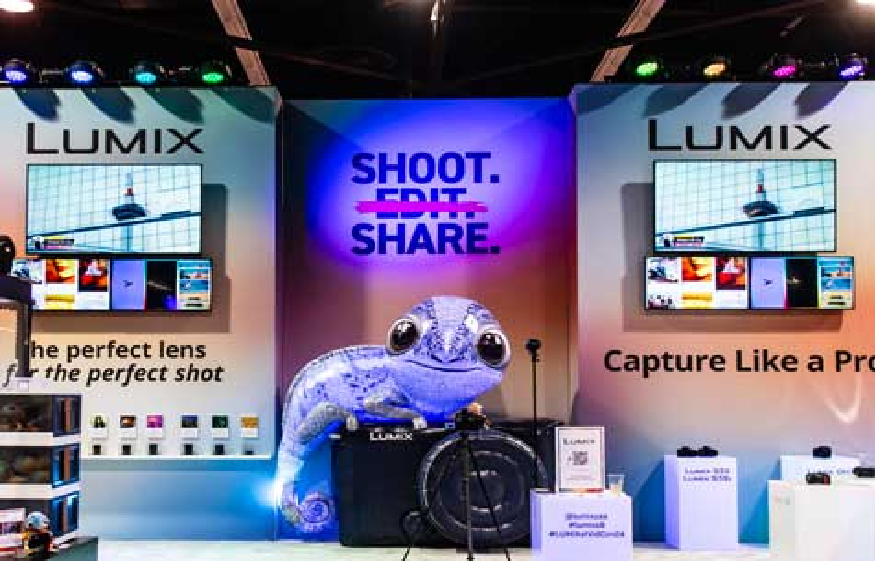Key Considerations for Successful Exhibit Fabrication Projects

Exhibit fabrication is a critical step in bringing a museum or interpretive vision to life. It’s the process where designs transform from paper and pixels into tangible, engaging experiences. A successful fabrication project requires meticulous planning, clear communication, and a strategic approach. Ignoring key considerations can lead to budget overruns, missed deadlines, and a final product that falls short of expectations.
Here are the essential factors to navigate for a seamless and successful exhibit fabrication journey.
1. The Design-Fabrication Dialogue
The relationship between the design and fabrication teams is foundational. Fabrication isn’t simply about executing a design; it’s a dynamic partnership where both parties must constantly consult.
- Constructability and Value Engineering: Early and continuous input from the fabricator ensures the design is actually feasible to build within the specified materials and budget. This often involves value engineering—finding cost-effective alternatives that maintain the design intent without compromising quality. A $50,000 solution on paper might be achievable for $35,000 with a slight, well-vetted material change.
- Detailed Specifications: The design package must be exhaustive. This includes precise material call-outs, finishing schedules, hardware specifications, and detailed construction drawings. Ambiguity in the specifications is the single biggest cause of change orders and delays.
2. Budget and Contingency Planning
Managing the project’s finances requires a realistic initial budget and a flexible contingency plan. Exhibit fabrication costs can fluctuate based on material prices, labor rates, and unexpected site conditions.
- Accurate Quoting: The fabricator must provide a comprehensive quote that details all costs: materials, shop labor, finishing, graphics printing, shipping, and on-site installation. Ensure the quote accounts for prototyping any complex or custom elements.
- The Contingency Rule: A successful project always reserves a minimum of 10-15% of the total fabrication budget for contingency. This fund is crucial for covering unforeseen costs like site installation challenges, last-minute design revisions, or unexpected material shortages.
3. Material Selection and Durability
Exhibits, particularly those in high-traffic public spaces, face constant wear and tear. Material choice is paramount to ensuring longevity and ease of maintenance.
- Traffic Analysis: Understand the expected usage. A small, hands-off display might use fine veneers, while a major, interactive component for children requires heavy-duty materials like solid-surface composites, high-pressure laminates, and robust, industrial-grade hardware.
- Maintenance Protocol: Discuss cleaning and repair procedures with the fabricator before the project is completed. Specifying common, easily replaceable components and durable finishes (like two-part polyurethane paints over simple latex) will significantly reduce long-term operational costs.
4. Integration of Technology and AV/IT
Modern exhibits heavily rely on technology, which must be seamlessly integrated into the physical structure. This goes beyond simply mounting a screen.
- Invisible Infrastructure: The fabrication must incorporate hidden yet accessible pathways for cabling, ventilation, and maintenance access. Overheating due to poor ventilation is a common cause of AV failure.
- Future-Proofing: While technology changes quickly, the structure should anticipate upgrades. Design the casework so monitors and players can be easily swapped out for newer models without requiring a full exhibit rebuild. Use standardized enclosures and mounting plates where possible.
- Accessibility: Ensure all interactive elements, touchscreens, and controls comply with accessibility standards (e.g., ADA guidelines), considering mounting heights and tactile feedback.
5. Graphics and Content Production
The quality of the interpretive panels and graphics is often the first thing visitors notice.
- File Handoff: Establish a clear protocol and timeline for handing off high-resolution graphics files. Fabricators require specific formats (usually vector-based or high-DPI raster files) and color profiles. Late or incorrect files can halt the entire production timeline.
- Prototyping Color and Finish: Color, especially in museum contexts, is critical. Always require a printed sample or proof of key graphic panels to confirm color accuracy and the final finish (matte, gloss, anti-glare).
6. Installation and Logistics
Fabrication culminates in the installation phase, which carries its own unique risks and requirements.
- Shipping and Protection: The fabricated elements must be crated and shipped with maximum protection. Specify crates that are robust enough for the journey and clearly labeled for handling and sequence of unpacking.
- Site Coordination: The fabricator must coordinate installation with the construction schedule, site access, security, and utility hookups. A detailed installation schedule and a full team equipped for site-specific challenges (e.g., working hours, noise restrictions) are essential for a smooth final handover.
By focusing on this robust checklist—prioritizing collaboration, planning for contingencies, choosing durable materials, and executing flawless logistics—project managers can transform the often-complex world of exhibit fabrication into a streamlined process, ensuring a durable, impactful, and successful final product.



